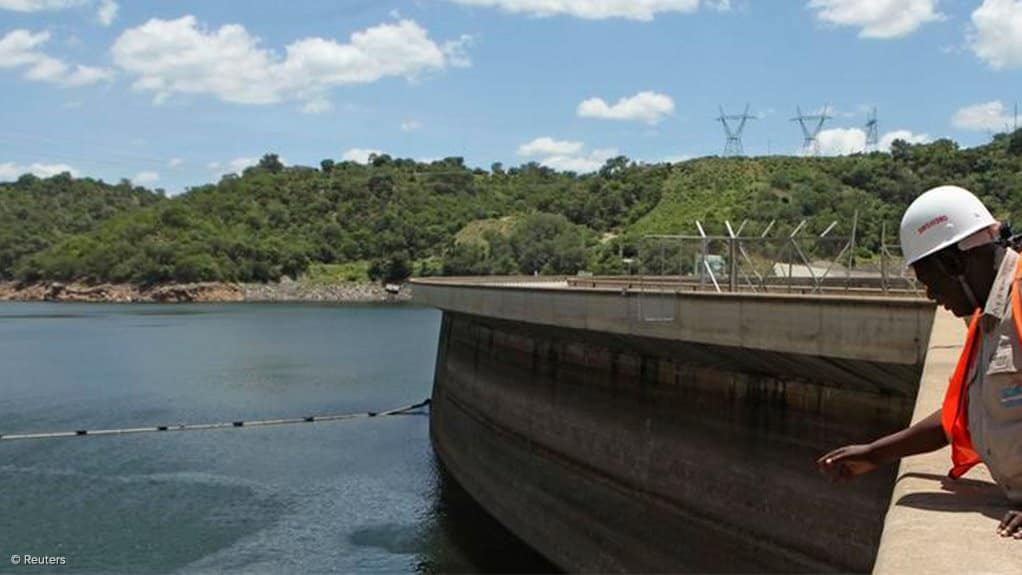A plunge in water levels at the world’s largest man-made reservoir, which has left Zambia and Zimbabwe without power for hours, shows why they need to diversify their energy sources, according to a top official.
“The over-dependence on hydropower has exposed the vulnerability of the energy mix,” Zambia’s Energy Minister Makozo Chikote said. “This has been a wake-up call that has taught us to start thinking of alternative sources,” he said at an energy summit Monday held in the resort city of Victoria Falls.
Zambia and Zimbabwe rely on the Kariba Dam for most of their electricity. But a severe drought has reduced water available for power generation to 2.4%, compared with 15.5% a year earlier, according to the Zambezi River Authority, which manages water allocations between the two nations.
Currently, Kariba is only producing about a tenth of its installed capacity of 1 050 megawatts. That’s left Zambia and Zimbabwe enduring hours-long power outages hindering industries such as mining and agriculture and curtailing economic growth.
To address the shortfall, Zambia is seeking to ramp up its use of solar power, Chikote said.
The two nations should also explore the possibility of setting up “large-scale solar farms” that can generate enough power for regional exports, said Zimbabwe’s Vice President Constantino Chiwenga, at the event. “These initiatives will not only enhance our national energy security but also position both nations as key players in the regional energy market.”



